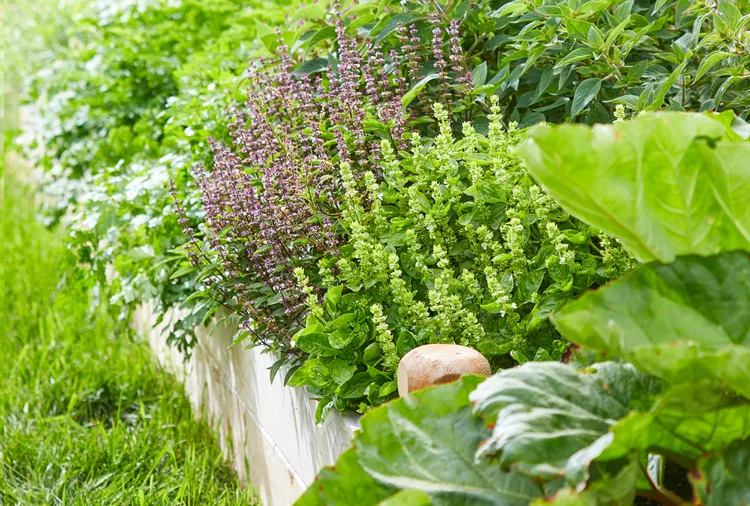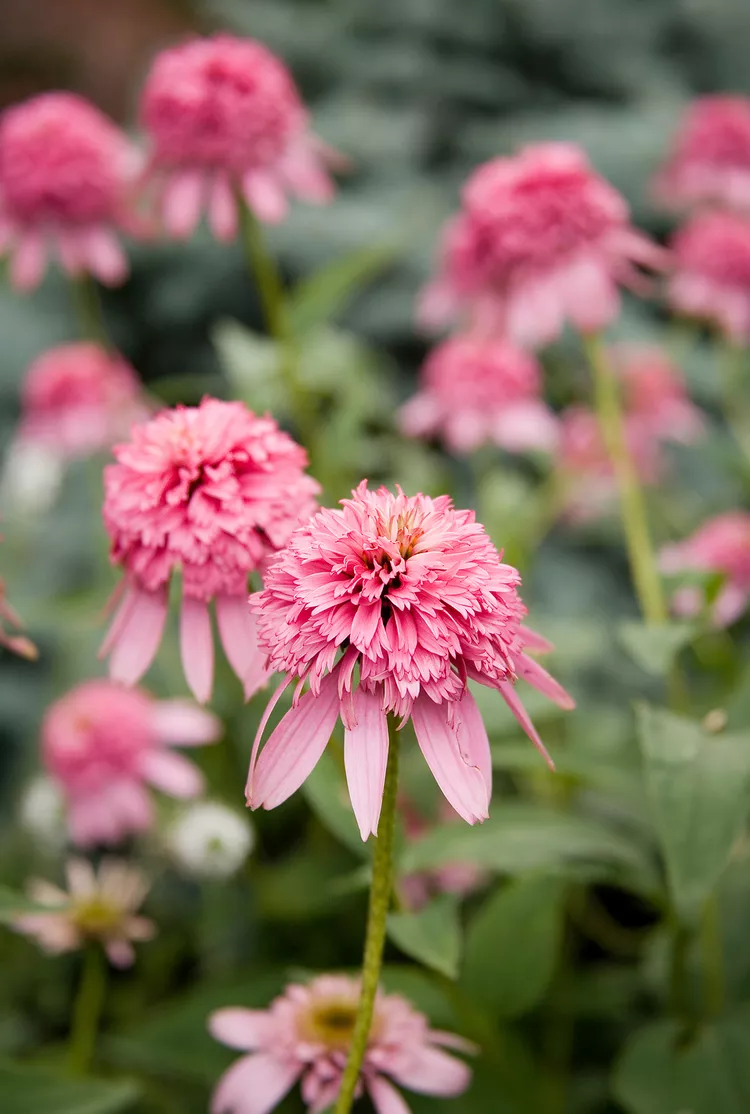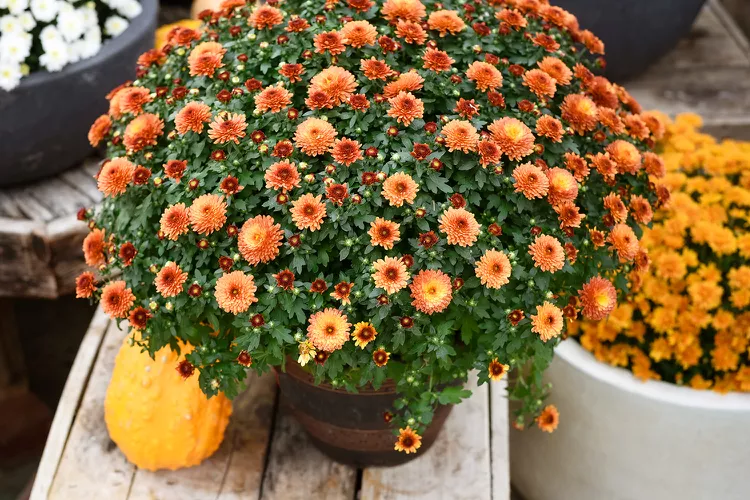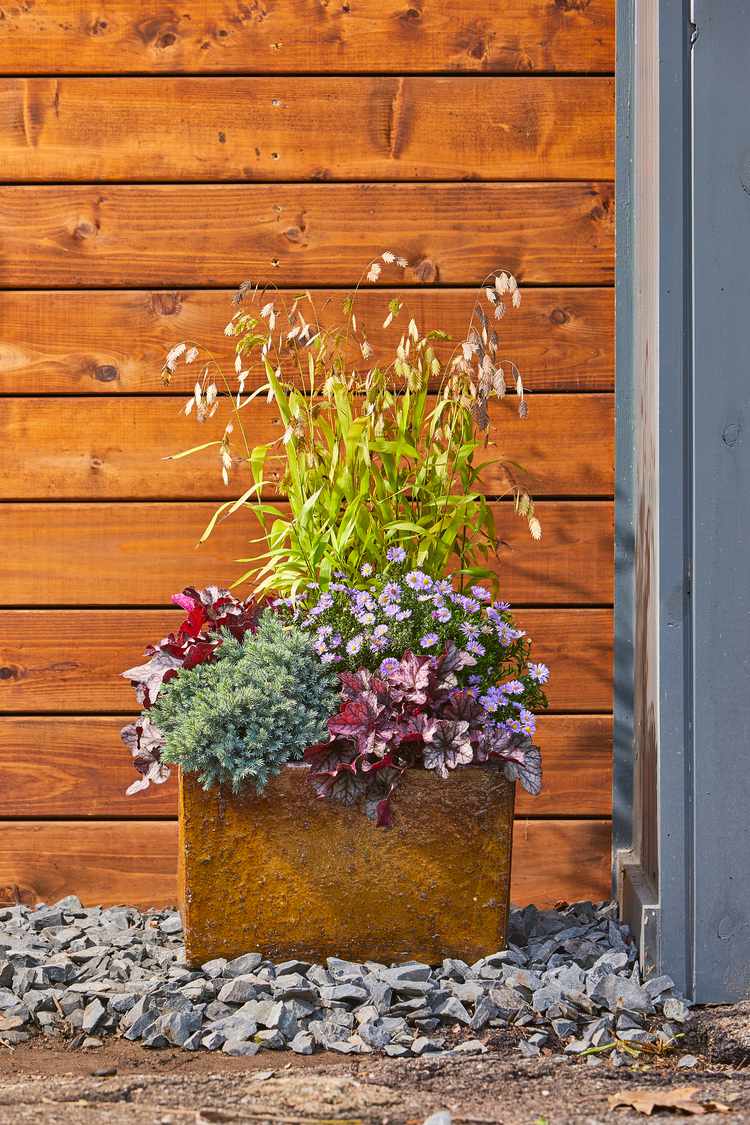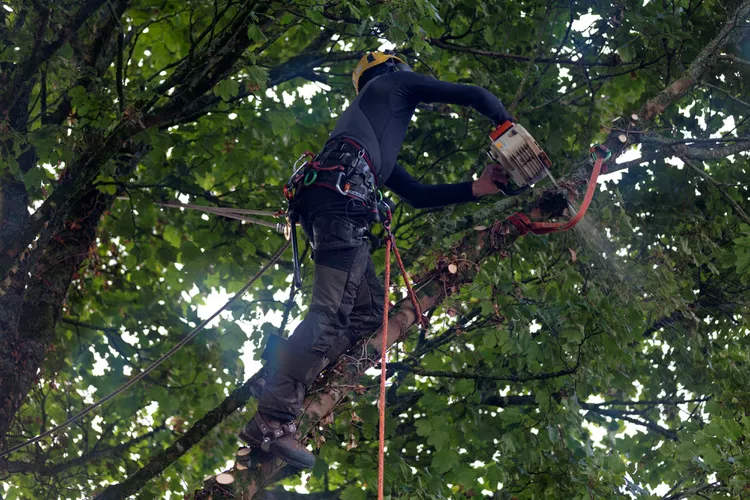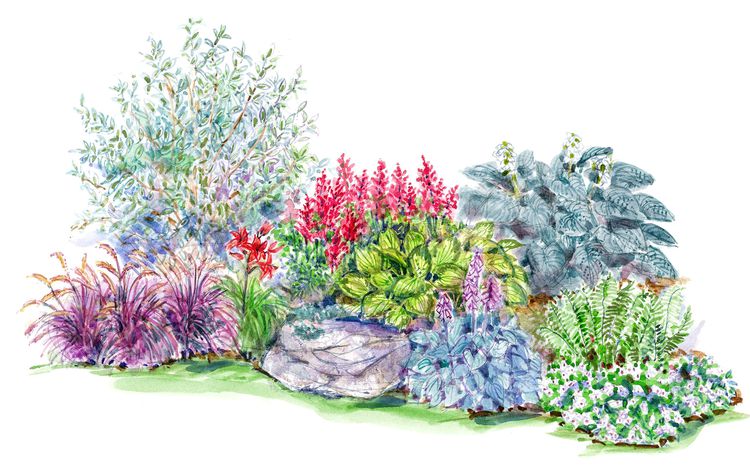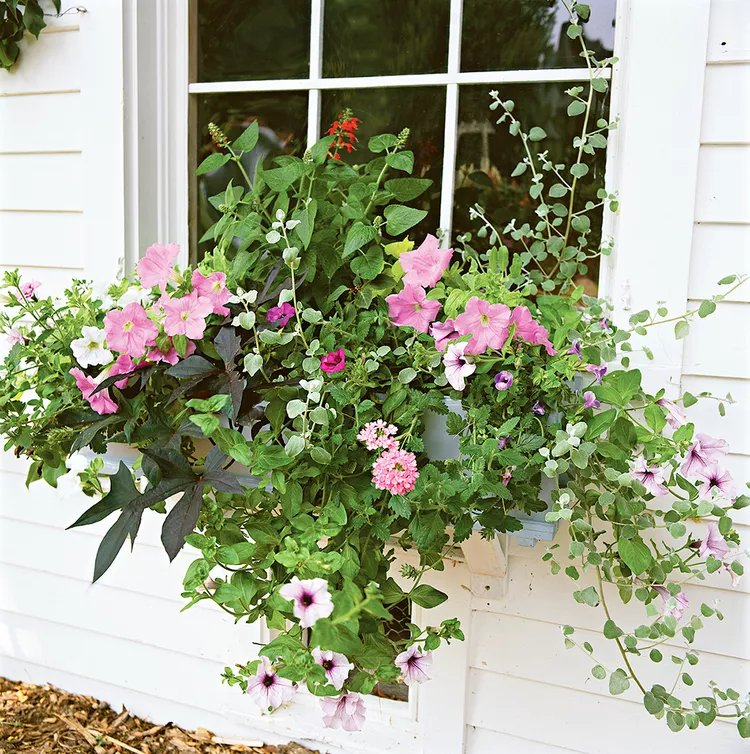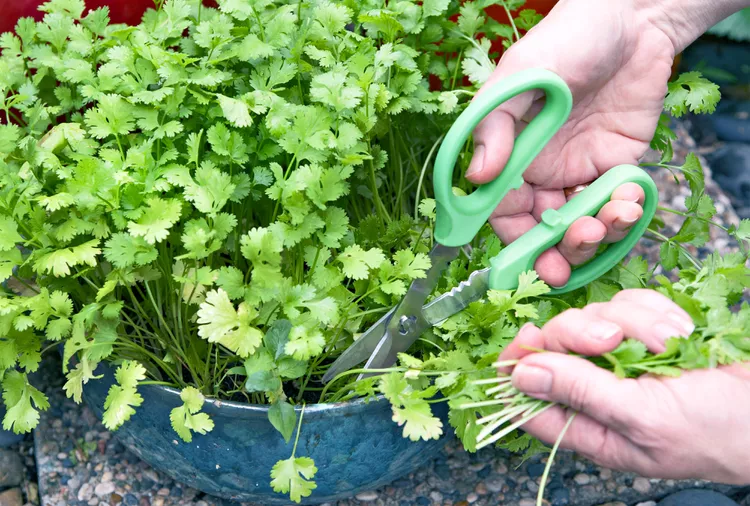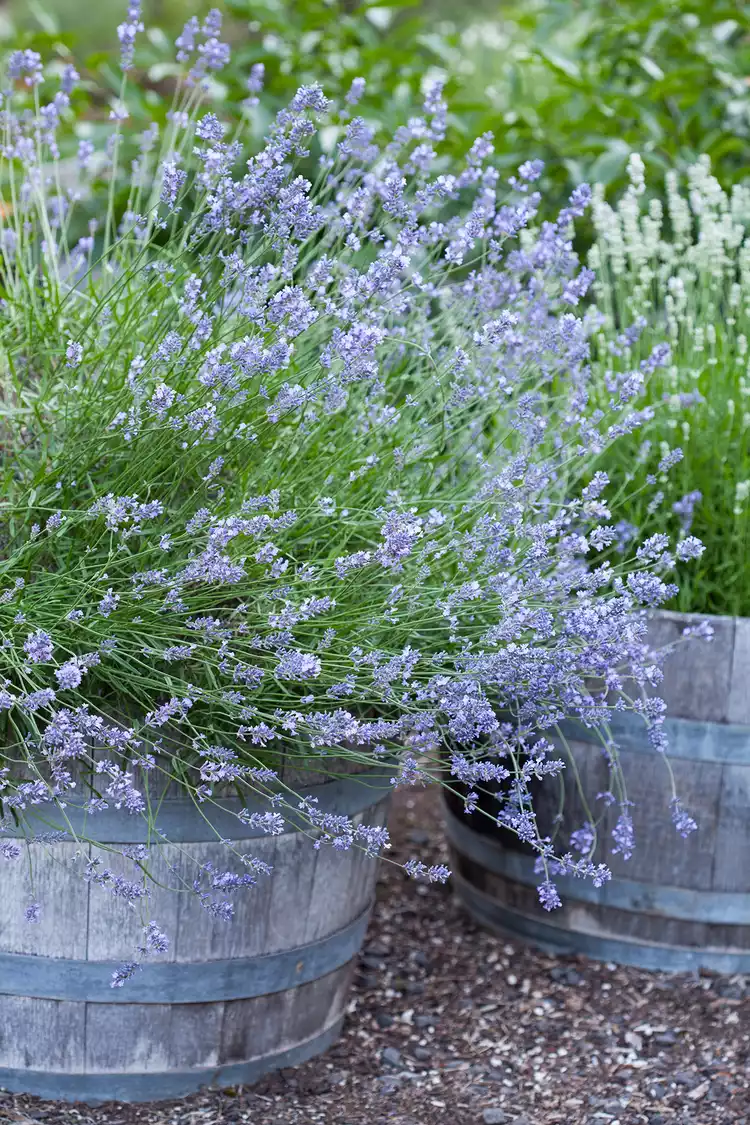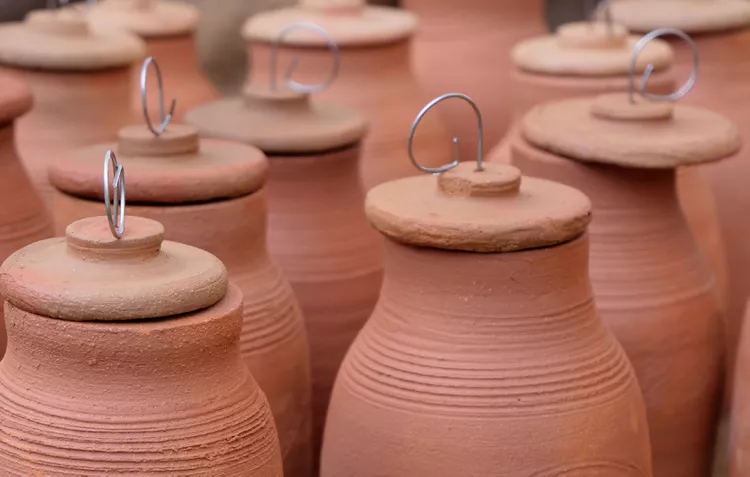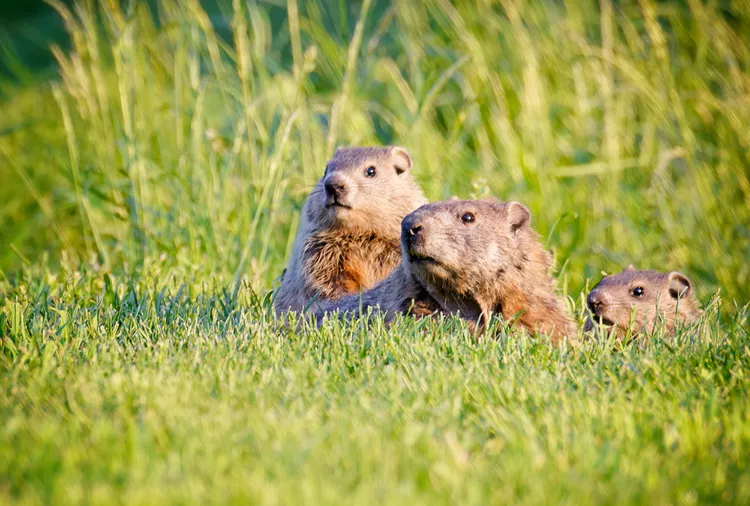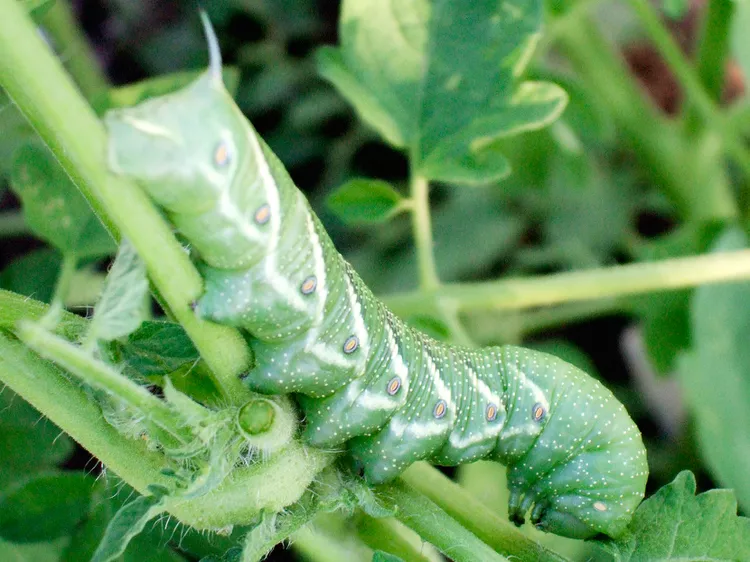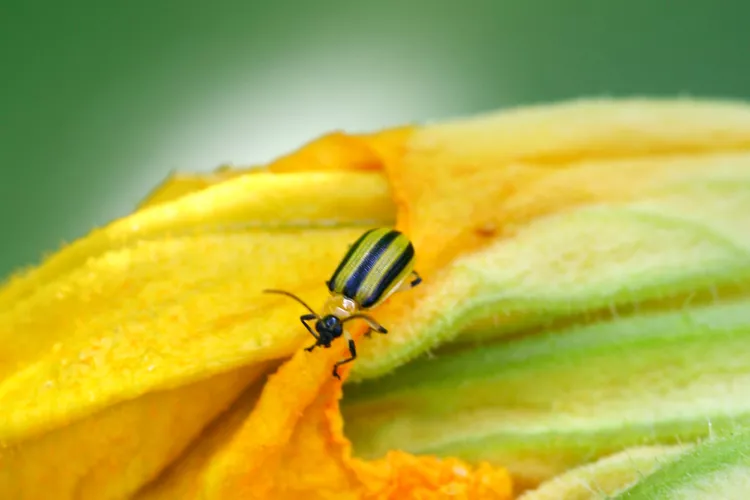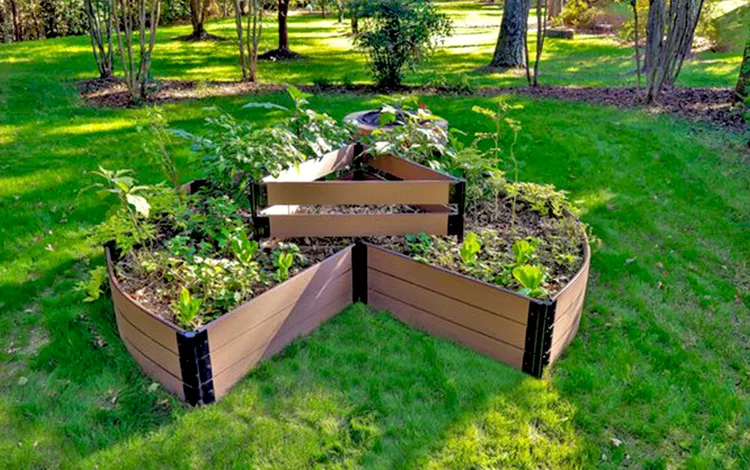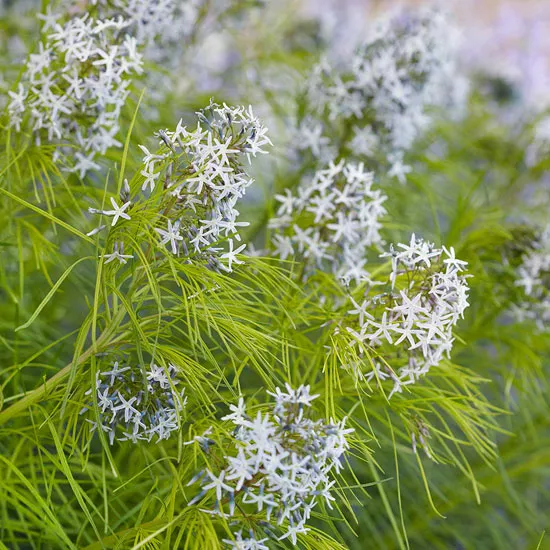With their fragrant leaves and compact size, culinary herbs are some of the best companion plants to grow for natural pest control, larger harvest yields, and healthier gardens. But strategies for companion planting herbs can depend on your gardening goals and the size of your growing space. Try some of these companion planting tips for herbs and discover how these aromatic, edible plants can benefit your vegetable, flower, or small space garden.
1. Choose the right herbs.
Herbs are relatively adaptable plants, but if you want to keep your garden as low-maintenance as possible, select edible plants that are well-suited for your growing space. Lavender and rosemary, for instance, grow best in full sun and dry and sandy soils, while basil and dill crave water and rich earth. You may also want to companion plant annual herbs with annual vegetable crops so you won’t need to worry about working around perennial herbs when applying mulch or compost.
2. Research plant pairings.
Before planting herbs in your culinary gardens, do a bit of research to make sure the herbs you plan to grow will thrive beside the plants you want to pair them with. The best companion plant pairings tend to involve plants with similar growing needs, but you’ll also want to consider how you’d like companion planting herbs to work for you. For instance, if you want to keep hornworms off your tomato plants, try growing thyme or dill near your tomatoes.
3. Interplant herbs with vegetable crops.
One of the most popular ways to use herbs as companion plants is to grow herbs near plants that need insect pollination to boost crop yields. In the absence of pollinators, plants like squash and cucumbers will often produce flowers, but they won’t set fruit. However, if you grow flowering herbs like dill or chives near these crops, you should see more pollinators in your garden and your harvest yields will increase.
4. Grow perennial herbs as ornamentals.
Herbs like tricolor sage and lemon thyme have tons of aesthetic appeal and their colorful flowers and variegated leaves look right at home in ornamental beds. But these plants aren’t just attractive to the eye; they can also keep pests from nibbling on nearby roses and other flowering plants. Selecting perennial, rather than annual, herbs for this purpose will make your flower beds easier to maintain since you won’t need to replace your perennial herbs every year.
5. Let herbs flower for beneficial insects.
Beneficial insects, like hoverflies, ladybugs, and lacewings, feed on plant pests. If you want to see more of these “good guy” insects in your garden, try letting some of your herb plants flower near the plants you’d like to protect from aphids, cabbage loopers, and other “creepy crawlies.” The flowers of herbs in the carrot family, such as parsley and dill, are particularly attractive to beneficial insects, but these bugs will visit lots of other flowering herbs as well.
6. Use the scent of herbs to repel pests.
Garden pest and plant disease control is an important factor to consider when it comes to organic gardening. Attracting beneficial insects with flowering herbs is one way to keep pests from damaging flowers and vegetables in culinary gardens. But you can also prevent pests by growing strongly scented herbs, like chives, oregano, and thyme, near the crops you’d like to keep safe. These pungent plants are known to repel a variety of different insects, but they may also deter rabbits and deer.
7. Plant low herbs as groundcovers.
Rather than mulching your garden every year, try using low-growing herbs as a living mulch instead. Creeping thyme, for instance, makes a fantastic natural mulch and its spreading growth habit can naturally suppress weeds and insulate the soil so it doesn’t dry out too fast. On top of that, creeping thyme is edible and it produces a profusion of pinkish-purple flowers from late spring to early summer, which are highly attractive to pollinators and other beneficial insects.
8. Experiment with potted herbs.
Most herbs can be directly planted in in-ground herb gardens, raised beds, or containers. But if you want to expand your growing space or grow herbs that have different care requirements from your vegetables and flowers, you can also keep herb plants in small pots and place the potted herbs near the crops and ornamentals you’d like to protect from pests. This planting method is particularly handy if you want to grow aggressive herbs, like fennel or mint, which are best kept contained in a pot.
9. Create herb borders.
Herbs can be interplanted between vegetable rows and ornamental plants, but you can also use herbs as a pest-repelling border plant for garden beds. Growing fragrant herbs, like chives, around the perimeter of your garden can help to deter aphids, cucumber beetles, and Japanese beetles from venturing further into your beds. Small space growers can also use small herb plants around the perimeter of container gardens and roomy planters to attract pollinators and repel pests.
10. Try succession planting.
Perennial herbs come back year after year with proper care, but some fast-growing annual herbs like cilantro die away as soon as hot weather arrives. If you’d like to continue using these herbs as companion plants, you may want to succession plant seeds and sow a second crop of herbs in late summer for your fall garden.
